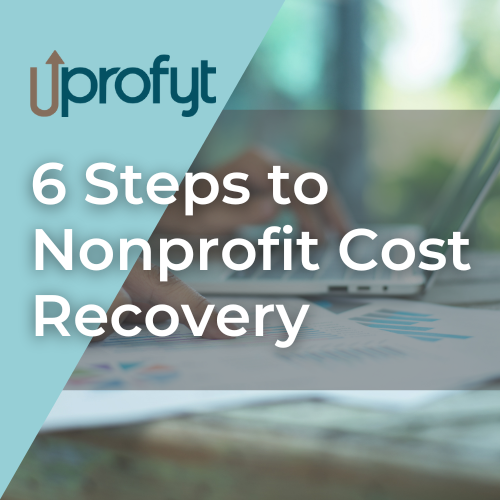
6 issues associations are having difficulty responding to
By Jeff Hurt,
Many associations are slow to change.
Often association leadership views change as something that disrupts the peace. They want to maintain the status quo.
When beliefs that we lean on and build programming around change, we flinch. We deny. We fight and scream to maintain the past. Yet, sometimes, these changes proceed forward like waves on the beach. Nothing will stop them.
6 disruptive issues associations must face
1. Digital transformation is not easy and is required! Digital transformation is more than a buzzword says technology guru Scott Klososky. http://didgodcreatetheinternet.com It is the historic era we are currently experiencing. And it’s transforming associations, business, industry, and daily life.
“We are only beginning to understand how our society and our species will appear at the end of this transformation. What we do know is that technology is impacting every component of our civilization; from the way we communicate, to the way we conduct commerce, and ultimately the way we experience the world around us,” Klososky says.
Our association’s success or failure hinges on digital tools and ultimately becoming digitally mature organizations.
Klososky says digitally mature organizations offer a wealth of advantages including profit amplification, a technology halo, and long term viability. Long term viability – relevance – alone should make every association board member jump for digital transformation.
And organizations that embrace digital transformation and become digitally mature have a two-year lead on their competitors, Klososky says. Now that’s relevance!
2. Connectivity is replacing knowledge. Connectivity—the measure at which people are connected to each other, networks and the internet, and the ease or speed at which they converse—is replacing knowing.
Connectivity offers associations, businesses, institutions, and people access and visibility. We all want the ability to survey business landscapes, identify trends, adopt and adapt innovations, stay abreast of new endeavors, and create new products and services.
Here’s the rub: What do I know, and what should I do with what I know? How does always-on access to Google, digital communities, and vast multimedia libraries credit or discredit the idea of knowing something? How can I use those things I am connected to, and with, to my business advantage? (Hat tips educator Terry Heick.)
Now think of it like this: How can I use my association to my business advantage?
Sure knowledge will matter. In a world where information is commoditized and is boundless associations can’t compete with just dispensing information. What’s scarce is feedback, understanding and application.
3. Members don’t understand learning. Our association members don’t understand learning.
Our Board of Directors speak about learning and education in of terms and attendance at workshops, number of butts in seats, compliance, certification and standards. Why? Because that’s how we speak to them.
They understand lecturing, speaking, passing a test, subject matter experts, success, and failure.
What if they understood how people learn even half as well as many educators, cognitive psychologists and neuroscientists? What if they understood the pros and cons of dispensing content through a lecture versus collaborative co-creative methods of knowledge creation and understanding? What if they understood the need for higher order critical thinking versus telling an audience what to do?
You association customers are the sleeping giants when it comes to learning. Think of them as students with 25+ years of life experience. If they had any clue how poorly association education efforts create attitude, behavior and skill change, regardless the evaluation satisfaction rates, they would stop attending your education. And they would leave your association.
4. Most certification academic standards have limited value. There! I said it. It doesn’t mean those standards are not worth knowing. It does mean that understanding, application and wise use of specific standards represents a certification priority. Knowing is not enough! Too many certified individuals can pass a test of industry standards and can’t apply it to save their business!
5. Members have real options. We have a large variety of learning options today. We also have a plethora of curated content to help us keep our edge. MOOCS, elearning, digital events, blended learning, curated feeds, are brazen to association offerings. Associations have to compete with other possibilities that are frankly more compelling, creative, and social than marching through a passive, one-way webinar, outdated newsfeed, lecture or recording.
6. Mobile changes everything, and true mobility makes associations nervous. Mobile technology is changing everything we do as a culture. It’s not going to stop at shopping, communication, and entertainment. Mobile isn’t a buzzword. It’s the future.
Hat tips authors and bloggers at Edutopia and TeachThought for helping spark this line of thinking.
What other disruptions would you add to this list? Which one frightens your association leadership the most and why?
Hurt is education and engagement director at Velvet Chainsaw Consulting. This column originally appeared at the Velvet Chainsaw blog.


